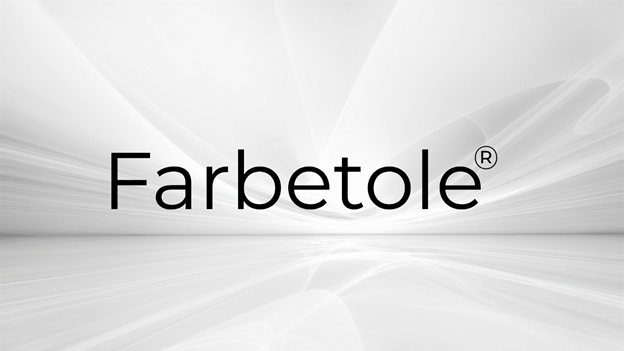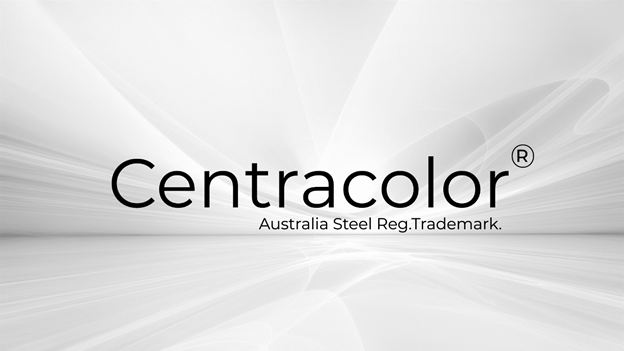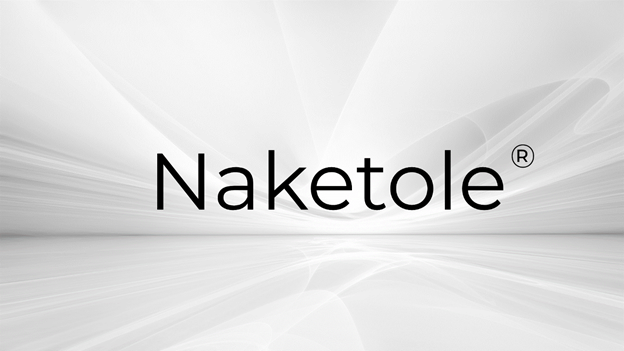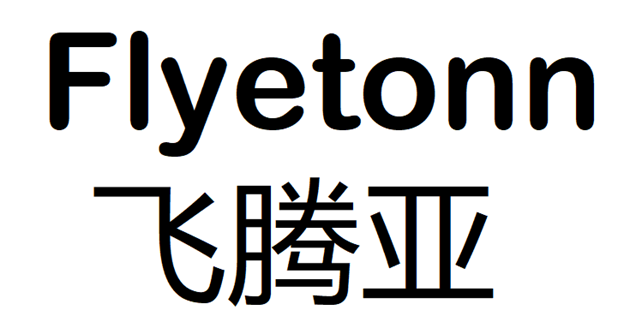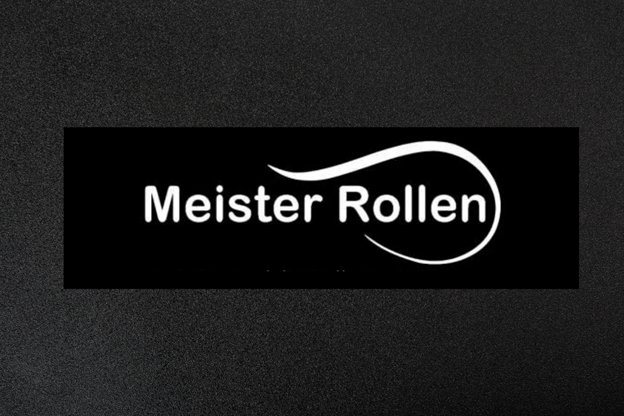Products
Galvanising Method

Hot dipped Galvanizing process.
Galvanization is a widely employed process used to protect steel and iron from corrosion. It involves applying a layer of zinc to the surface of the metal, creating a barrier that shields the underlying steel from the detrimental effects of the environment. The galvanizing method is a tried-and-true technique that has been used for over a century, providing durable and cost-effective corrosion protection for various applications.
Here, we will delve into the galvanizing method, the process of making galvanized steel, the use of zinc coating, and how galvanized steel remains resilient against weathering. Additionally, we will explore the different types of steel galvanizing and touch upon the cost factors associated with this process.
The galvanizing method primarily involves immersing steel or iron into a molten zinc bath, creating a metallurgical bond between the zinc and the underlying metal. This process can be achieved through either hot-dip galvanizing or electro-galvanizing. Hot-dip galvanizing is the more common method, where the metal is dipped into a bath of molten zinc, allowing the zinc to adhere to its surface. On the other hand, electro-galvanizing involves applying a thin layer of zinc to the metal through an electrolytic process.
Zinc coating plays a crucial role in galvanization. The zinc layer acts as a sacrificial barrier, providing both barrier protection and cathodic protection. The zinc coating prevents corrosive substances such as moisture and oxygen from reaching the underlying steel while also sacrificing itself to protect the steel if the coating is damaged.
Galvanized steel finds widespread use in various industries due to its exceptional corrosion resistance. The protective layer of zinc helps steel withstand harsh weather conditions, including exposure to moisture, humidity, and even saltwater environments. This durability is especially advantageous in outdoor applications, such as construction, automotive, and infrastructure projects, where steel structures are exposed to the elements.
Different types of steel galvanizing exist to meet specific requirements. In addition to standard galvanized steel, specialized variations include continuous galvanized sheet steel (CGS), galvanized wire, and galvanized tubes. These variations cater to different applications, ranging from roofing materials to fencing, electrical conduits, and automotive parts.

While the galvanizing process offers long-term corrosion protection, it is essential to consider the cost factors associated with galvanization. Factors such as the size and complexity of the steel structure, the volume of zinc required, and the overall surface area to be galvanized can influence the cost. Additionally, transportation and labour costs and any surface preparation required before galvanizing should be considered in the overall budget.
In conclusion, galvanizing is highly effective and widely used for protecting steel and iron from corrosion. Through the application of a zinc coating, galvanized steel gains exceptional durability and resistance against weathering, making it a preferred choice in various industries. By understanding the galvanizing process, different types of galvanized steel, and the cost factors involved, stakeholders can make informed decisions when considering the benefits of galvanization for their specific applications.
Subscribe to our newsletter and learn more about galvanising processes.


